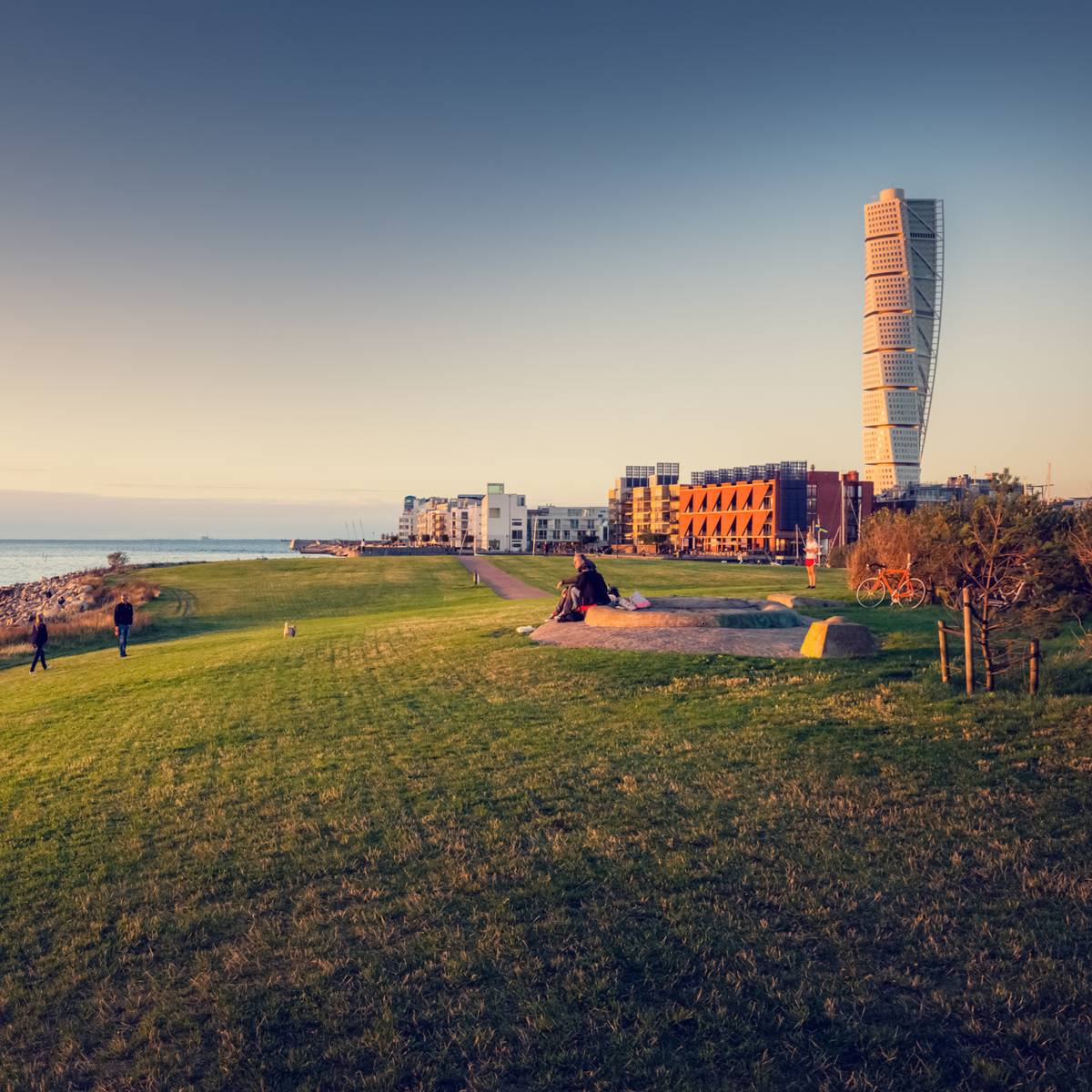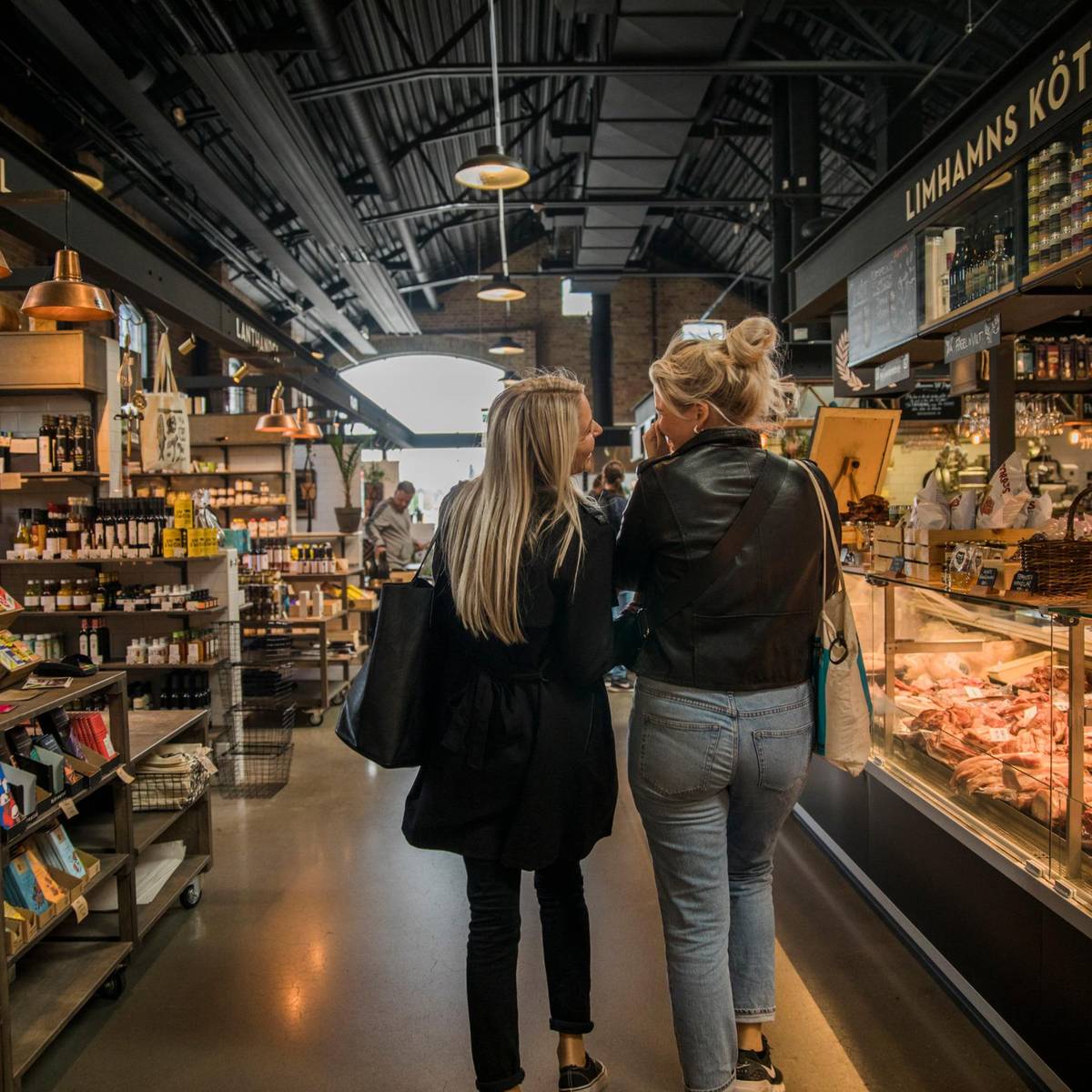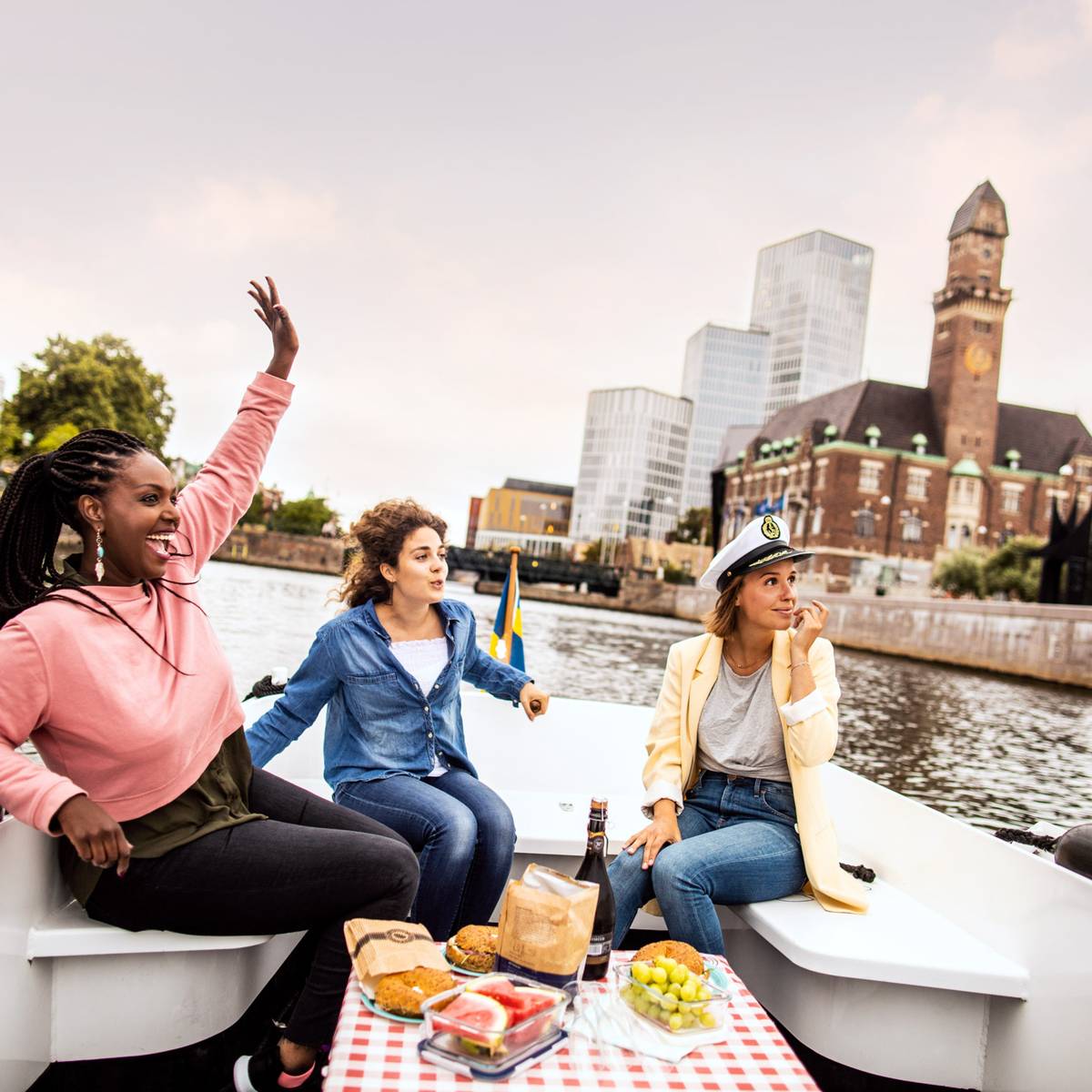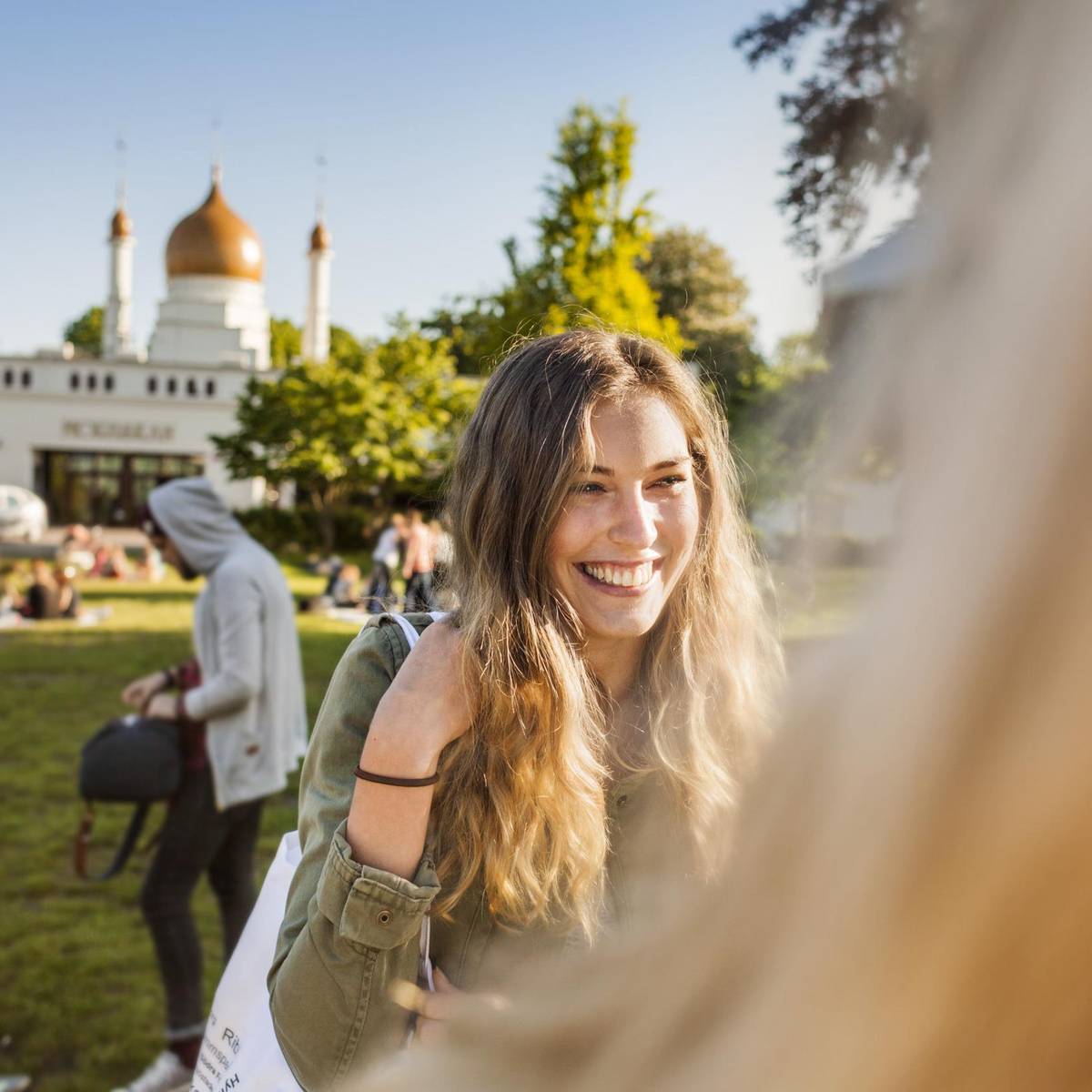Östra Kyrkogården (The Eastern Cemetery) was designed by Sigurd Lewerentz, one of the most prominent Swedish architects of the 20th century. Lewerentz dedicated a large part of his life to the Eastern Cemetery, creating a prime example of Swedish architecture and its development over time.
While strolling through the cemetery, take notice of the chapels, crematories, bell tower and the lush landscape, which were all designed by Lewerentz. However, his most famous work in the cemetery is probably the flower kiosk. Stripped of all unnecessary design elements, the flower kiosk is a simple concrete house where the windows are attached with black sealant. It is an interesting example of brutally simple yet thought-provoking Swedish architecture that attracts visitors worldwide. The flower kiosk was completed in 1965 and was Lewerentz’s last work on the site. He passed away in 1975 and is now buried at the cemetery.









